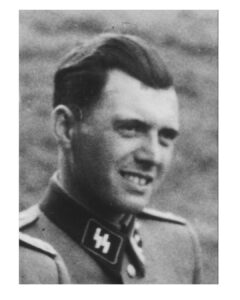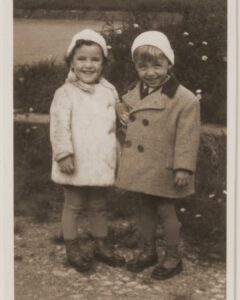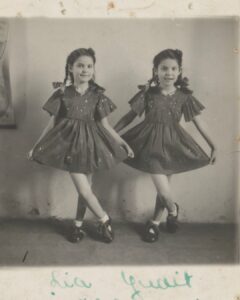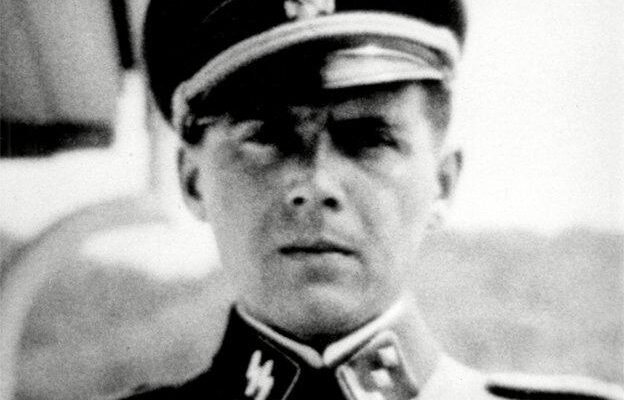During the Holocaust, some of the most disturbing atrocities were committed in the name of medical science. Among the most notorious figures behind these acts was Dr. Josef Mengele, infamously known as the “Angel of Death.” At Auschwitz, Mengele played a central role in the selection process on the arrival ramps—deciding who would be sent directly to the gas chambers and who would be temporarily spared for forced labor or experimentation.

What set Mengele apart, however, was his obsession with twins. Even when not officially on duty, he scoured new arrivals for twins, seeing in them an opportunity to pursue what he claimed was scientific research. Before the war, Mengele had conducted legitimate studies involving genetics and twins. But in Auschwitz, ethical boundaries were obliterated.

In his experiments, twins—mostly Jewish and Romani children—were subjected to procedures that were painful, inhumane, and often deadly. Some underwent surgeries without anesthesia, were injected with diseases, or had chemicals introduced into their eyes in attempts to alter their color. In many cases, one twin would be kept alive temporarily while the other was experimented on or killed, so that Mengele could conduct comparative autopsies.

The children shown in the photographs survived Mengele’s lab, but survival did not come without trauma. Many of the twins never saw their sibling again. Others were left with lifelong physical and emotional scars.
Photo credits:
-
Photo 1: USHMM, courtesy of anonymous donor
-
Photo 2: USHMM, courtesy of Irene Guttmann Slotkin Hizme
-
Photo 3: USHMM, courtesy of Yehudit Csengeri Barnea



